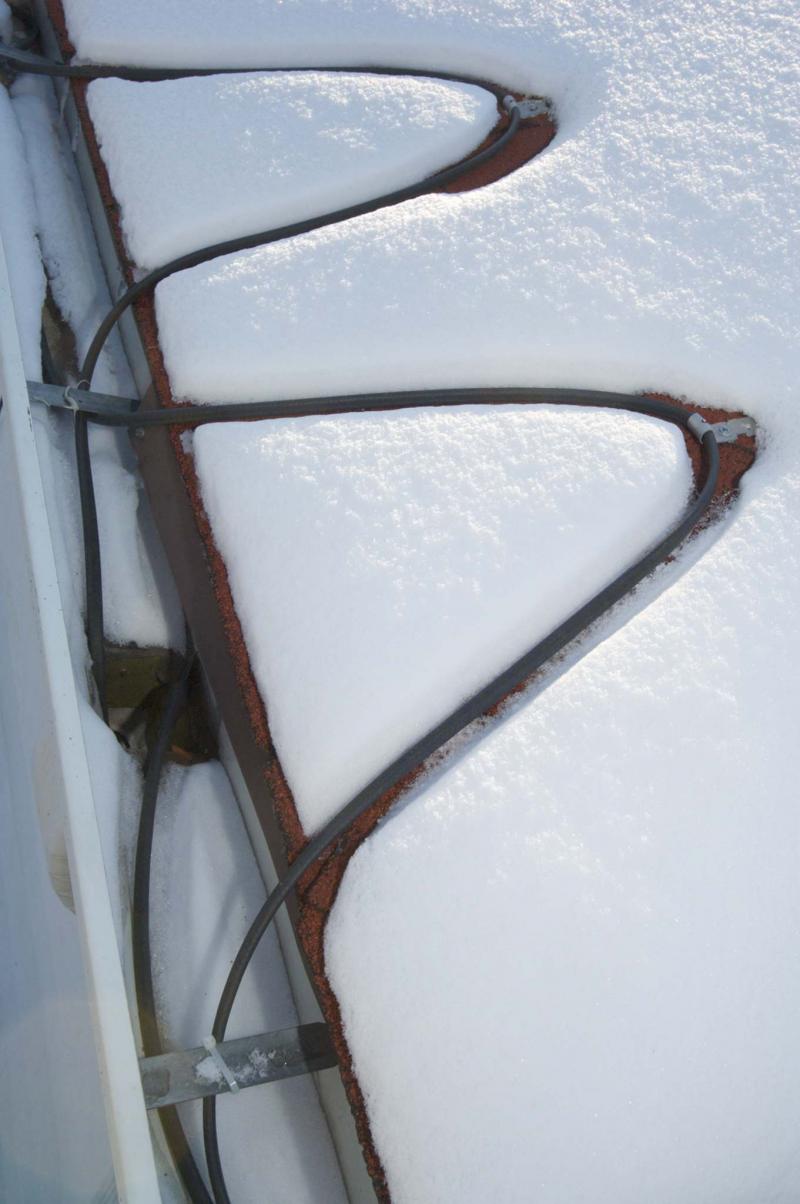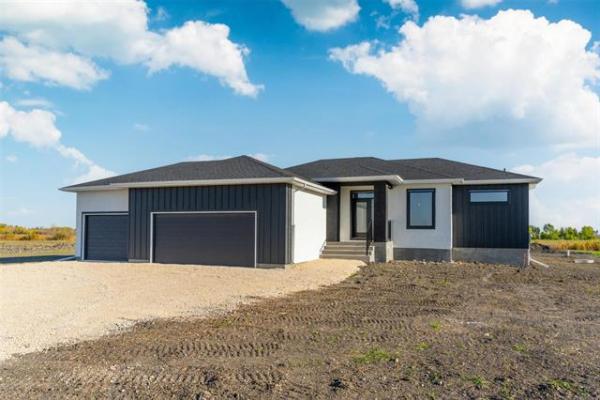
JOEL SILVERMAN / THE ASSOCIATED PRESS
Snow-melting cables installed on a roof to clear snow or melt ice could cause more problems than they're worth.
Question: I just read a previous article you wrote in response to a question about using roof-heating cables. Ice damming has not been a problem for us and I have no interest in putting these cables on the shingles. I am thinking about putting them just in the eavestroughs and downspouts in an attempt to allow water to drain in the winter rather than having these items plugged with ice. What are your thoughts on this?
— Brian Reimer
Answer: There are numerous products on the market for homes that are either designed as a quick fix for a problem or ill conceived. Many of these devices should not be used, or only as a last resort. Heat trace cables fall into that category and we will explore the reasons why.
I am constantly puzzled as I walk down the aisles at the local home centre or department store and see all the useless and poor-quality items designed for use in our homes. These range in diversity from whirlybird roof vents to square boxes with dampers to divert dryer exhaust back into our home.
How these products remain on the market for years or decades, despite their bad or detrimental performance, is a mystery. The device you are referring to is often called heat trace cables or simply heating cables, as you have called them.
While these items are normally safe to use in very difficult situations, they should not be sold as an all-purpose solution for winter ice.
In many homes with tight crawlspaces, poor access to additions or other space-limiting areas, heat trace cables may provide a useful service for prevention of frozen water lines. These sealed electric cables, which normally plug into a standard duplex receptacle, emit a small amount of heat when the temperature drops below a preset level in the built-in thermostat.
There may even be more advanced models where the thermostat can be adjusted, but I have mainly seen automatic units. The idea is that anything adjacent to the cables will warm slightly when activated, preventing that item from freezing.
For water supply pipes, especially copper, it can be beneficial to wrap them in these cables to prevent freezing in situations where the temperature may drop below freezing, such as tight crawlspaces. For that use, these devices may be beneficial, but can give a false sense of security in situations where the power is cut to the device or they become damaged and stop working.
Heating cables are also quite often used on roofs, particularly where there is a very steep valley, or roof systems with poor insulation and ventilation. This is done to melt ice at the eaves and trouble areas caused by ice dams.
The heat melts the ice, allowing it to properly drain away into the eavestroughs, even in very cold weather. In that situation, the cables should also be installed in the troughs and downspouts below the heated roofing to prevent them filling with ice and overflowing, creating long icicles.
While these can be effective, I don’t like to see their use because they are simply treating the symptom rather than the disease.
The causes of the ice damming are the poor insulation and ventilation in the roof system, which cause the roof surface to be too warm, melting the surface snow.
The melted snow will drip and drain under the snow pack until it hits the cooler eaves, where it freezes again, causing the ice buildup.
The proper solution to this problem is to improve the insulation and air sealing inside the roof system, preventing warm air overheating the underside of the roof. This will stop the snow from melting, properly eliminating or minimizing the ice dams to a manageable level.
The further issue I have with these devices being used on roofing, particularly bitumen-based roofing commonly known as asphalt shingles, is the damage they inflict.
Heating these shingles during the winter, whether from the top or underside, will significantly reduce their life expectancy.
The heat loss associated with ice damming will normally cause roofing to wear out in approximately half to two thirds of the normal time and heating the surface with cables will accelerate that even more.
To answer your question more directly, the cables should not be used in your eavestroughs or downspouts because they should be unnecessary. If your attic is well insulated and you have no ice damming, as you state, there should not be excessive melting of the snow from the roof.
When you do see the snow melt, due to warm or sunny weather, the ice inside the troughs and downspouts should also be above zero and melt at the same time.
Therefore, there should be no need to install these energy-wasting devices on your home.
Mother Nature should take care of that issue, using natural solar radiation as your power source. What you may want to do is remove or lift up your downspout extensions in the coldest weather, as these may tend to freeze more fully due to their location and lack of slope.
Putting a splash pad or loose piece of eavestrough on the ground below the downspout in that situation may prevent excessive erosion of the soil and divert the water away from your home.
Installing a product on your home that has minimal or positive effects on water management, even if it wastes some energy, may have benefits but heat trace cables do not fall into that category.
You will be better served by removing your downspout extensions and installation of temporary items to divert water away from the home, and clearing excessive amounts of snow from your roof, rather than installing this needless device.
Ari Marantz is the owner of Trained Eye Home Inspection Ltd. and the past president of the Canadian Association of Home & Property Inspectors — Manitoba (cahpi.mb.ca). Questions can be emailed to the address below. Ari can be reached at 204-291-5358 or check out his website at trainedeye.ca.
trainedeye@iname.com



